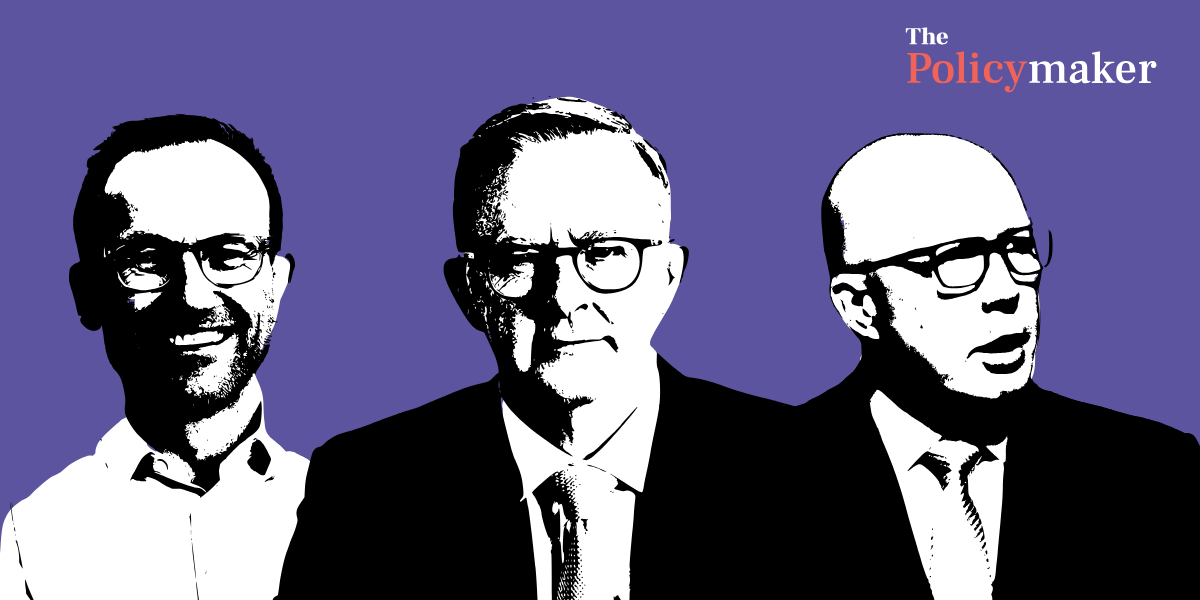The new Labor government has a historic opportunity to boost young people’s wellbeing as part of its economic agenda—here’s how.
Three major challenges are limiting young people’s wellbeing and their chances of a sustainable livelihood.
The first is a mismatch between job vacancies and the young people equipped to fill them. National unemployment is low, we have record job vacancies and not enough skilled workers. Yet there are 770,000 people who remain part of our employment services system, which is 26 per cent more than before COVID and includes 111,000 young people.
As our economies respond to an ageing population and the climate crisis, new opportunities are opening up, especially in the social services and green transition sectors. But we don’t often turn to young people to bridge the skills gap. For example, young people make up less than one in ten of the health and social assistance workforce, our largest and fastest growing industry.
The second challenge is an outdated education and training system.
Less than half of learners in vocational education and training complete their training. Only one in three (34.4 per cent) young training graduates say their qualification was “highly relevant to their job” post training. It’s even worse for young people with a disability, with only 30 per cent of graduates reporting training as highly relevant.
The third challenge is a broken jobs ladder. The Productivity Commission found in the decade following the Global Financial Crisis, young people were the only group who had zero wage growth . This was the case regardless of education.
For too many young people, if they’re disconnected from the education system or thrown off the jobs ladder, they fall into a net where you don’t bounce but sink. It’s a net where you are sentenced to interact with a broken employment services system. It’s a net where mutual obligation and income support trap you in deeper disadvantage.
At the Jobs and Skills Summit, young people will want to see a future they can hold on to. Treasurer Jim Chalmers has stressed he doesn’t want a “fairy floss” government. On this, young people are key allies. They don’t want to be a part of a fairy floss future.
A critical question for the Summit and the subsequent Employment White Paper will be how we can redesign our employment and training systems so they’re fit for the future.
Here are five steps that can help us to convert training into decent work, build employment pathways that benefit young people, meet employer needs and empower communities.
First, recognise and include young people directly in decision making. In Minister Anne Aly, we have someone who gets the need for a coherent national youth strategy. She understands “transitions” from early childhood through to mature age are often artificially imposed and socially constructed. At the centre of such a strategy must be the voices of young people holding government to account.
The second step is to rebuild hope through a new youth guarantee that equips all young people for fulfilling jobs and careers. A better deal needs to be based, as the Treasurer has signalled, on wellbeing and capability, where young people can be the directors of their own show and our future. Decent and secure work underpins wellbeing. A new youth guarantee must deliver employment pathways that work in place, allow training to be converted into work, workplaces to be better places for training, and income support that makes all this easier—not harder.
The third step is to reimagine the role of government in the delivery of essential services, especially employment. Reimagining government in this way is not for the faint hearted. It requires a reorganisation of government to do more than manage contracts. They have to devolve power to local communities and work alongside them to shape youth employment strategies. They have to get back into the delivery game and help to benchmark best practice.
The fourth step is to reframe youth employment as a core part of social license for business and new social procurement targets. At the Brotherhood of St. Laurence (BSL), for example, we are seeing huge interest in our Given the Chance program, which works directly with businesses like ANZ and Arup to build career pathways for jobseekers marginalised in the job market. The Foyer model pioneered by BSL also recognises care, housing and employment must come together for young people to thrive.
The last step is to restore dignity to the education and care professions, especially early childhood. These are jobs that grow wellbeing for all. Unless we restore decent pay and dignity to these nation-building professions, this plan won’t be worth the paper it’s written on.
Travers McLeod is the Executive Director of the Brotherhood of St. Laurence, a social justice organisation working to prevent and alleviate poverty across Australia. This is an edited extract of an oration he delivered last week in Ballarat for the Menzies Foundation and Federation University.
Image credit: Getty Images











